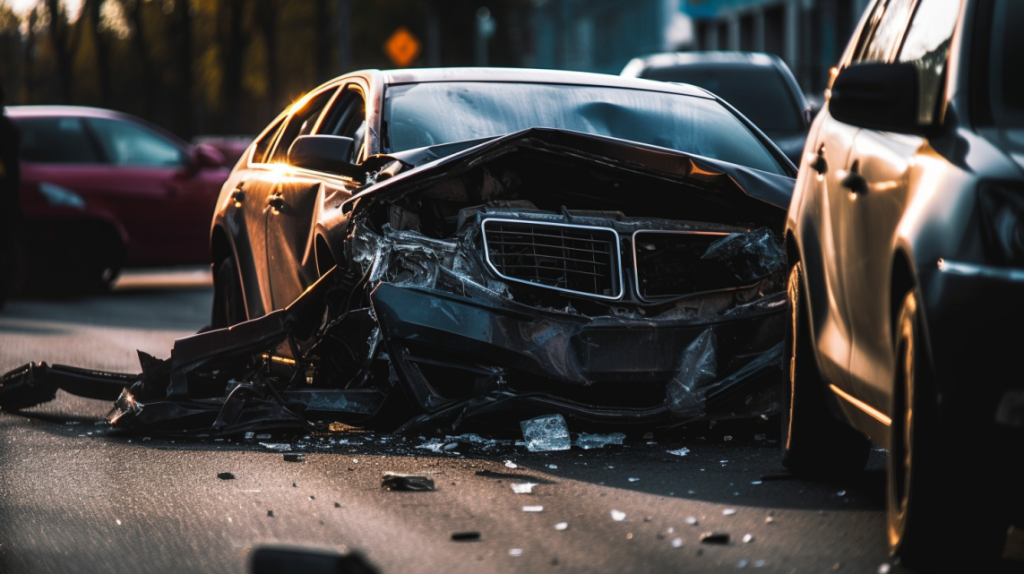Car accidents are an unfortunate and sometimes unavoidable part of life. In the blink of an eye, a routine drive can turn into a life-altering event. Knowing what to do after a car accident can not only save lives but also protect your legal rights. This comprehensive guide is designed to help you navigate the aftermath of a car accident and ensure you take the necessary steps to protect yourself and your interests.
Step 1: Check for Injuries and Call for Help
The first and most important step after a car accident is to assess the situation and check for any injuries. If you or anyone else involved in the accident is injured, call 911 immediately. Even if the injuries appear minor, it’s essential to seek medical attention as soon as possible. Some injuries may not be immediately apparent and can worsen if left untreated.
Step 2: Move to Safety
If possible and it is safe to do so, move your vehicle out of the flow of traffic to a safe location, like the shoulder of the road. Turn on your hazard lights to alert other drivers to the accident. If your vehicle cannot be moved, stay inside with your seatbelt fastened until help arrives.
Step 3: Exchange Information
Exchange information with the other driver(s) involved in the accident. Be sure to obtain the following information:
– Name, address, phone number, and email address of the driver(s)
– Driver’s license number(s)
– License plate number(s)
– Insurance company name(s) and policy number(s)
– Make, model, and color of the other vehicle(s) involved
It’s essential to remain calm and polite during this process. Do not admit fault or discuss the details of the accident with the other driver(s), as this can be used against you later in legal proceedings.
Step 4: Document the Scene
Collect evidence at the scene of the accident to support your insurance claim and any potential legal action. Use your smartphone or a camera to take photos of the following:
– Damage to all vehicles involved
– Position of the vehicles after the accident
– Skid marks, debris, or other relevant road conditions
– Any visible injuries to yourself or other parties involved
Gather the names and contact information of any witnesses to the accident. Their statements can be valuable in determining fault and supporting your case.
Step 5: Notify Your Insurance Company
Contact your insurance company as soon as possible to report the accident. They will guide you through the process of filing a claim and inform you of the necessary documentation required. Be honest and provide as much detail as possible about the accident, but avoid admitting fault or speculating about what caused the collision.
Step 6: Seek Medical Attention
Even if you didn’t require immediate medical attention at the scene, it’s crucial to see a doctor as soon as possible after a car accident. Some injuries, like whiplash or concussions, may not present symptoms immediately but can cause long-term issues if left untreated. A thorough medical examination will also provide documentation for any potential legal action or insurance claims.
Step 7: Consult with an Attorney
Car accidents can be complicated, and navigating the legal process can be challenging. It’s essential to consult with an experienced attorney who can advise you on your rights and help you seek compensation for damages, medical expenses, and lost wages. An attorney referral service can connect you with a qualified attorney experienced in handling car accident cases.
Conclusion
A car accident can be a traumatic and overwhelming experience, but knowing what to do in the aftermath can make the process more manageable and protect your legal rights. By following these steps and seeking the advice of an experienced attorney, you can ensure you are taking the necessary steps to safeguard your interests and seek the compensation you deserve.
